Silvia Krivošíková
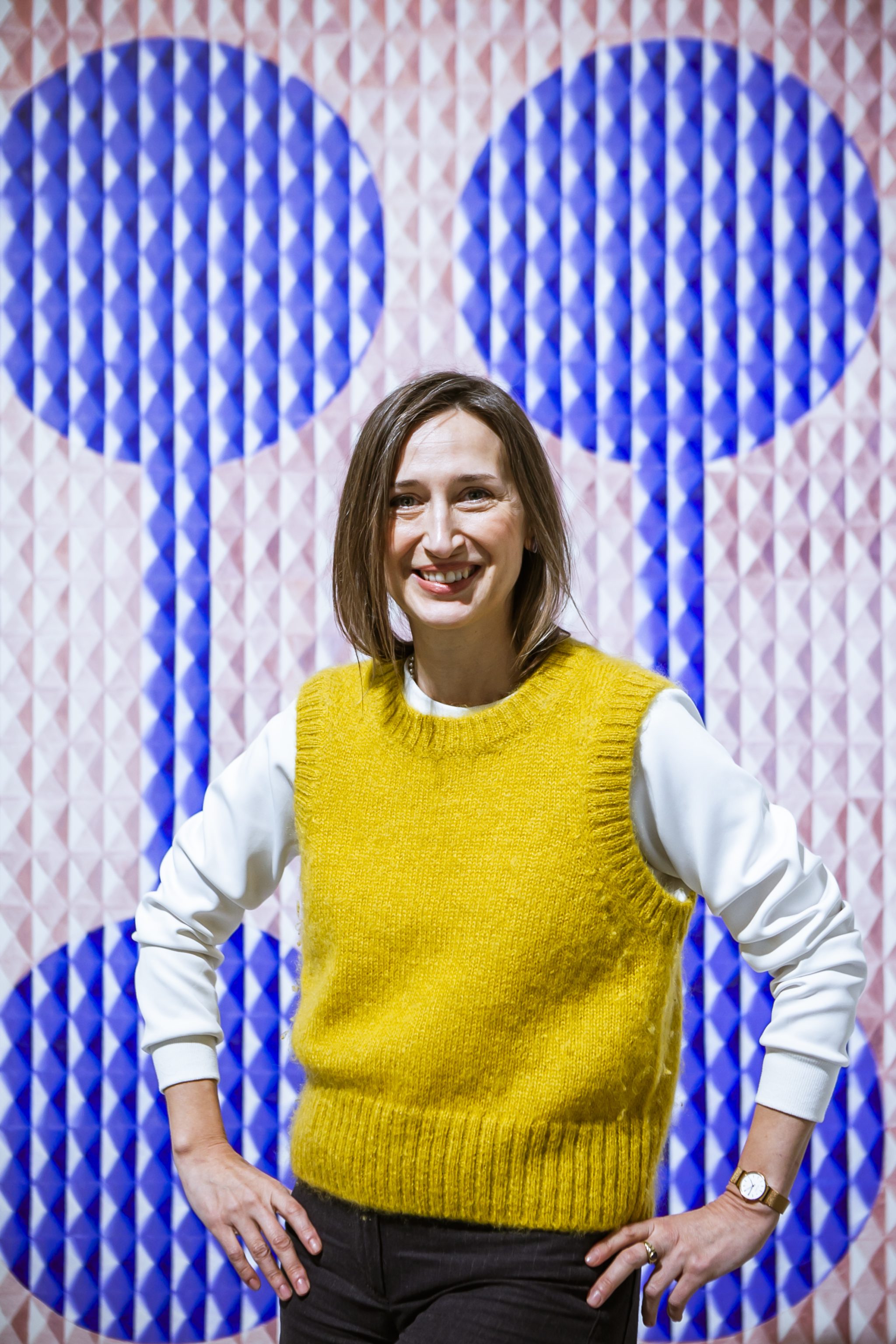
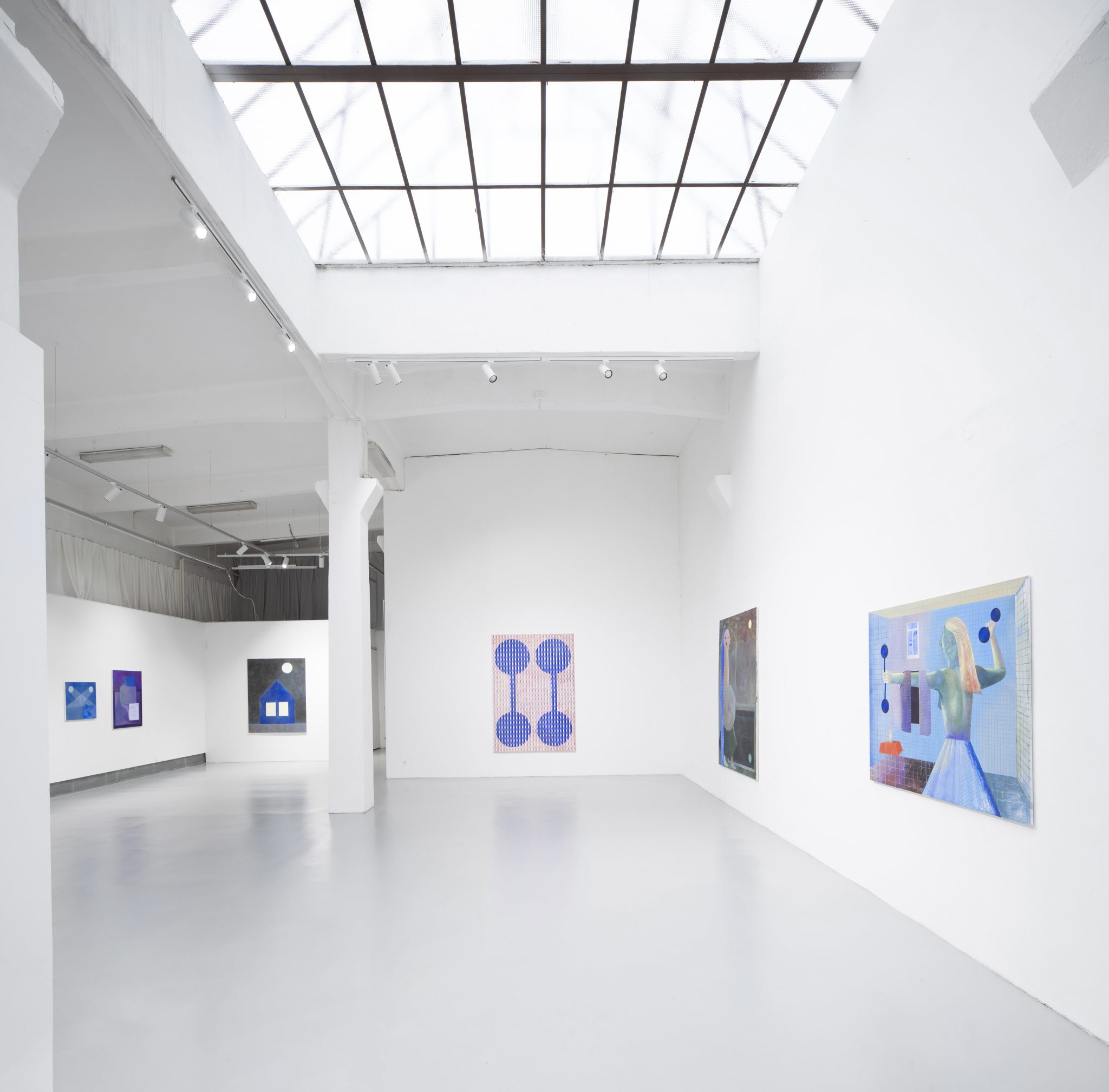
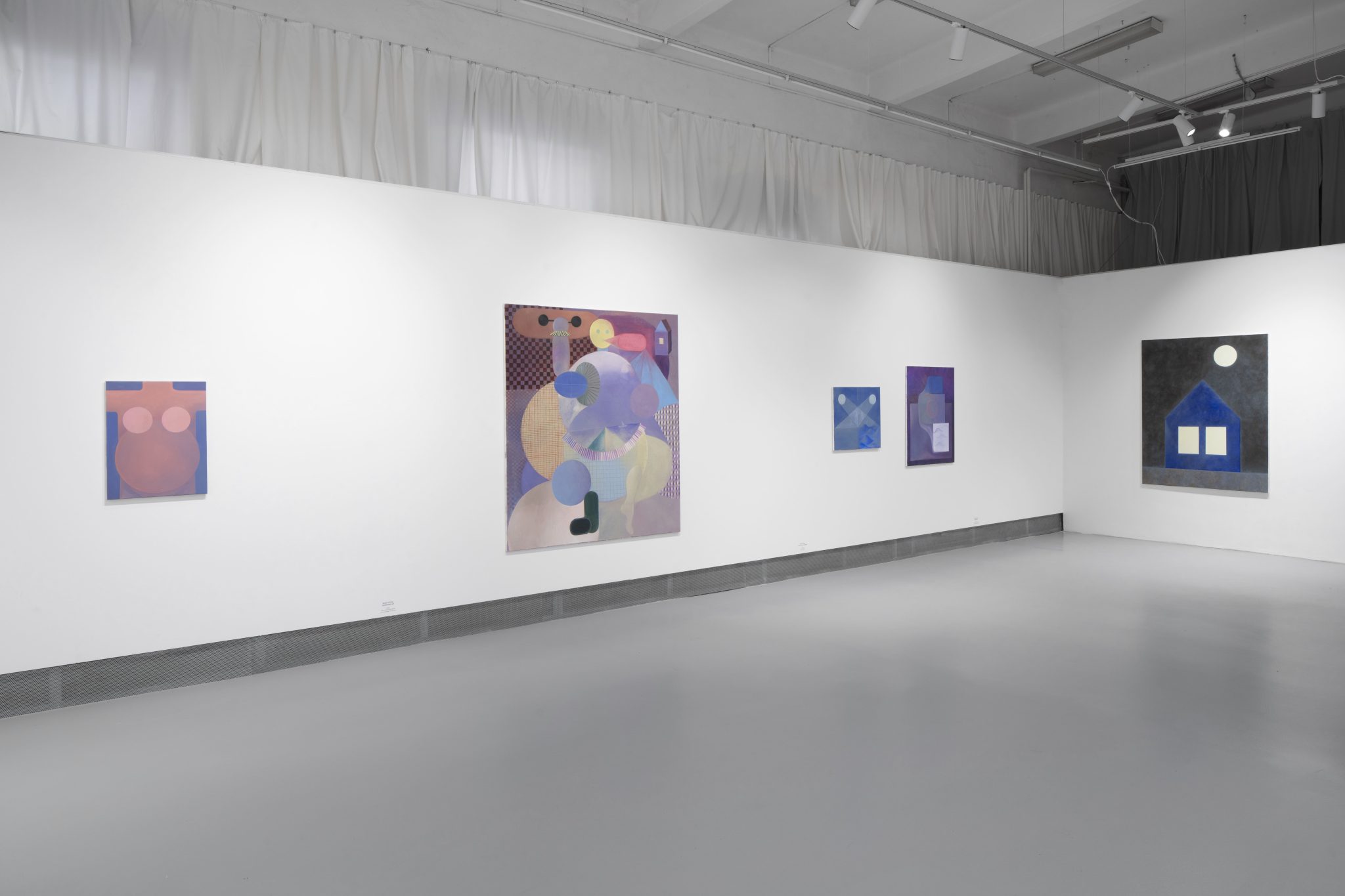
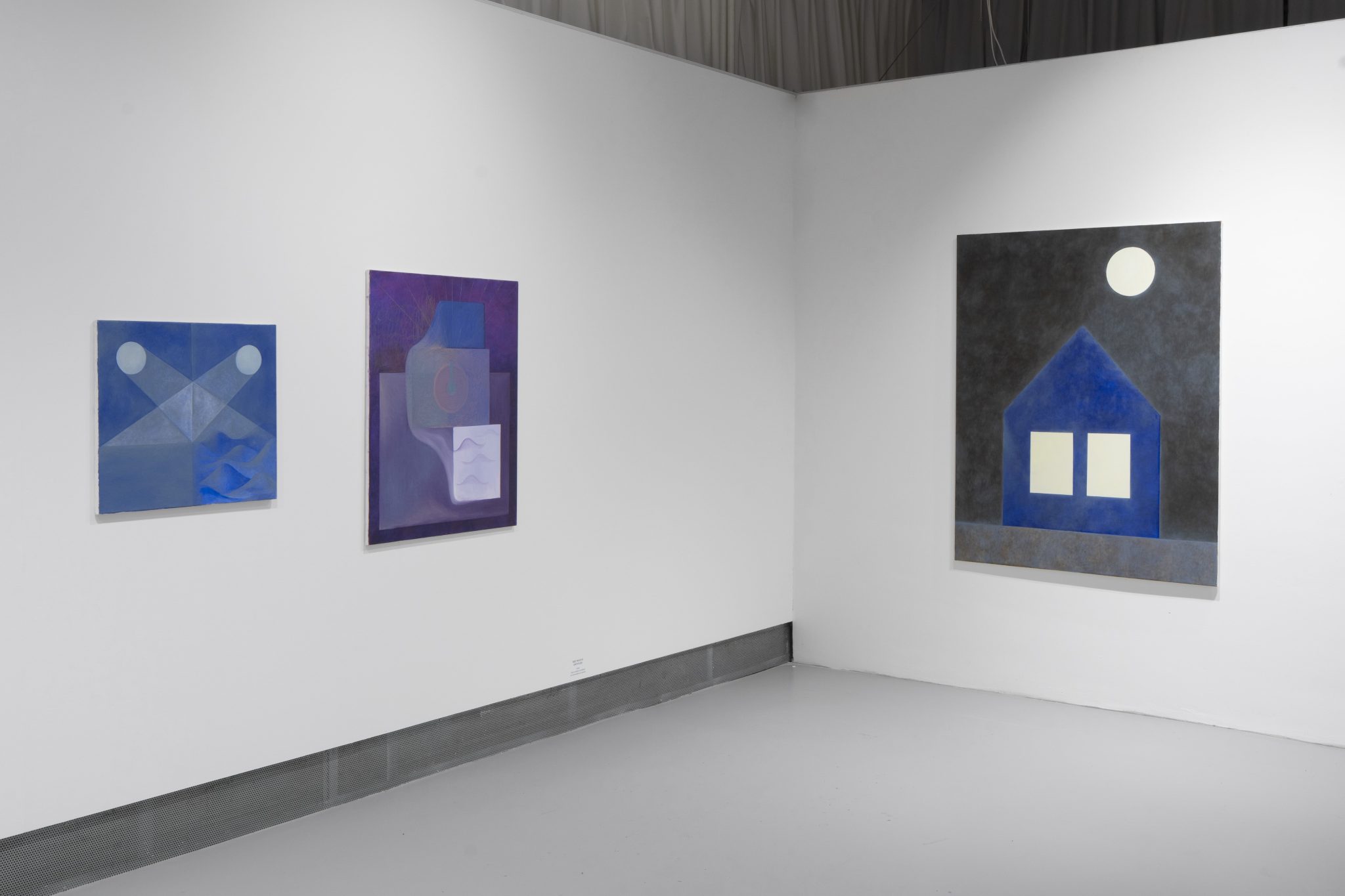
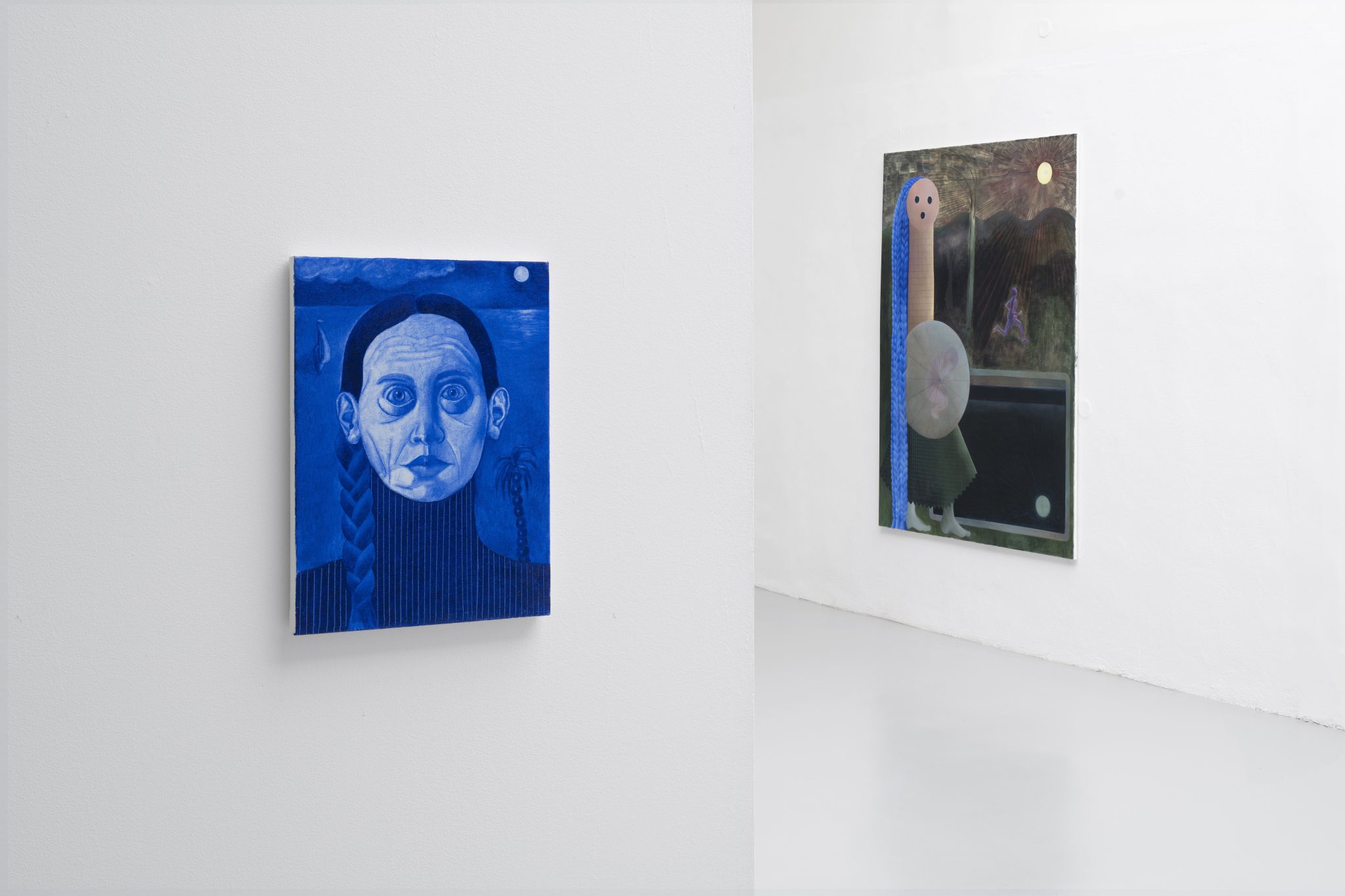
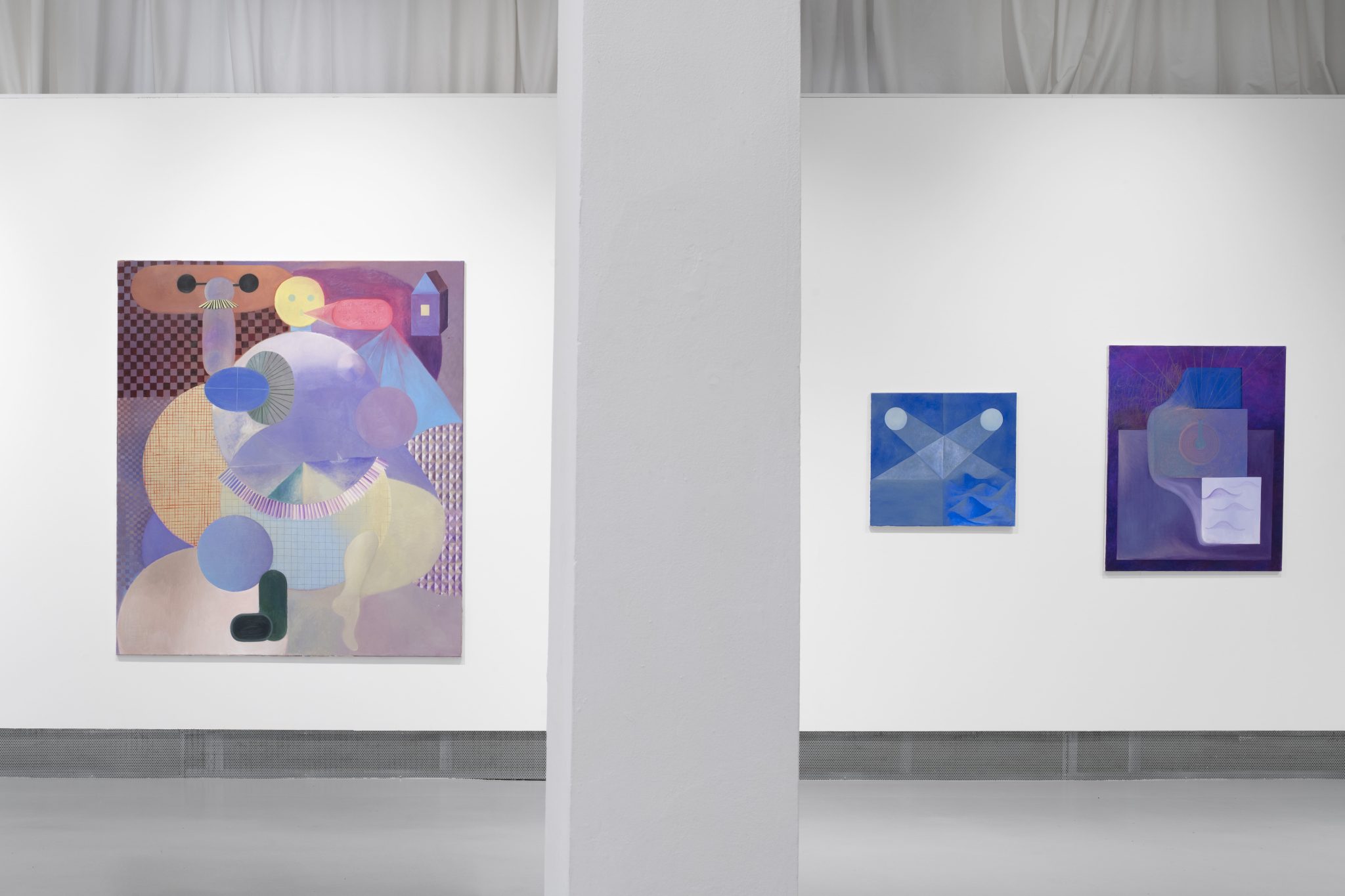
Trafo Gallery prepared a solo exhibition of the Slovak author living in Vienna, captivating. They break free from the linearity of inexorable time, and elevate even the most banal moments of everyday life to smaller or larger miracles. The title of the exhibition Die Kraft then refers to strength, energy, the drive to act and survive, which models the path of one's own direction. The basis of this "power" is the ability, determination and will to act. The curator of the exhibition is Petr Vaňous.
The world, which is experienced as a harsh arena to defend one's own existence, in the paintings of Silvia Krivošíková's acquires the aura of fairy-tale or ballad-tuned stories, in which human determination and vitality are measured against life's obstacles of various types and severity. From ordinary everyday hardships to fateful turning points in life, which can derail a person for a while or completely. It is precisely from the tension between real reality and her free painterly grasp, which is not far from generalizing poetic imagery, that magical atmosphere of sanctity emerges. This atmosphere floats above everything and permeates everything as the spirit of what is and should be good. The connection to objectivity is here symbolically conditioned by the inner intention of a person who naturally aims for his goal. For Silvia, it is fulfilled femininity and motherhood that form the basic thematic outline of the entire painting.
The eternal priorities symbolized in Silvia Krivošíková's work reveled here by the choice of relationships between objects, figures and space, whose contours refer to the generally known world, while their meaning cores are shifted to the realm of purely personal, authentic experience. The basic motif, which is often repeated here in various forms, is the dumbbell. The author transforms the tool intended for strengthening muscles into the symbolic level of a "relic". She equates it with the representation of power itself. The images are permeated with ironic belittling, as a defense against the constantly encroaching and decaying melancholy. The dumbbell represents a repetitive activity, a meaningful stereotype, with which the body and mind defend against apathy and sadness.
But it can just as well become a prison of unbearable drill, with which an empty, non sensical activity is carried out, which in its mechanicalness has long since missed the intended goal. The stereotype motif is another key moment in the artist's pictorial world.
It is a defense against the mechanisms that convert the experience of day and night into a reduction of endlessly unfolding same actions, habits, worries and duties. Against this psychotic automation and robotization of the individual, motivated by social "concern", the author sets the vitality of the moment into which another dimension of authentic experience enters, which reveals the emancipatory potential.
Some of Krivošíková's paintings seem to have played backwards in their narrative.
It's as if the causal logics were going back in time, exposing the hidden reasons and over substantiation of the story. Tragic moments are balanced by grotesque stylization or an emphasis on the unnatural, artificial movement of the executives. At the same time, her works function as a poetic defense against the processes of alienation and at the same time are felt as a basic life need and necessity. They personify everything that is important to the author in her life. Child, relationship, food, home, rest, work, joy in little things that can have a surprising butterfly effect for restoring vitality.